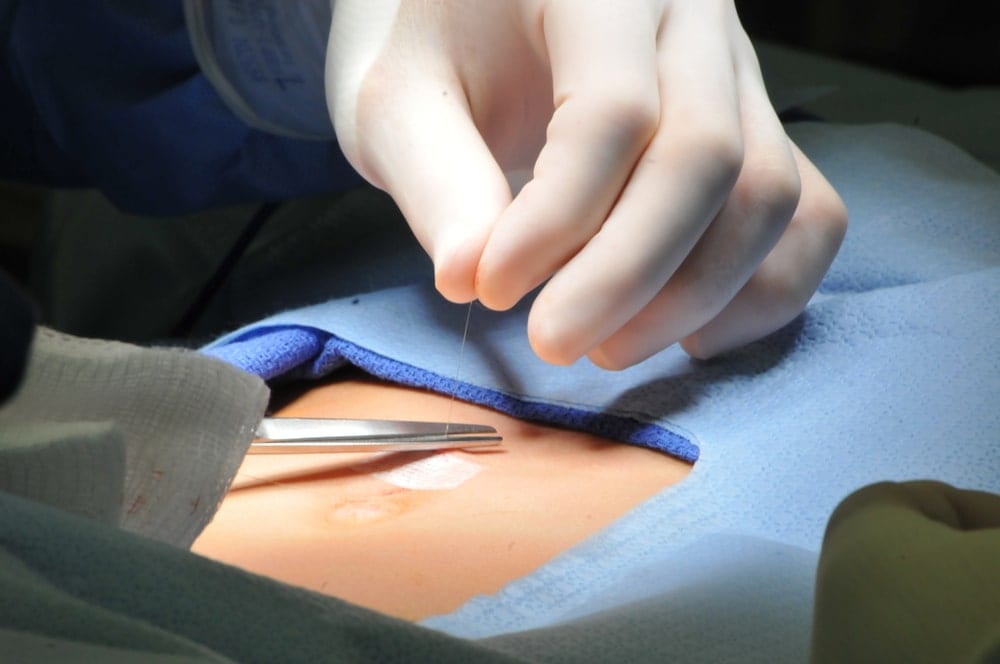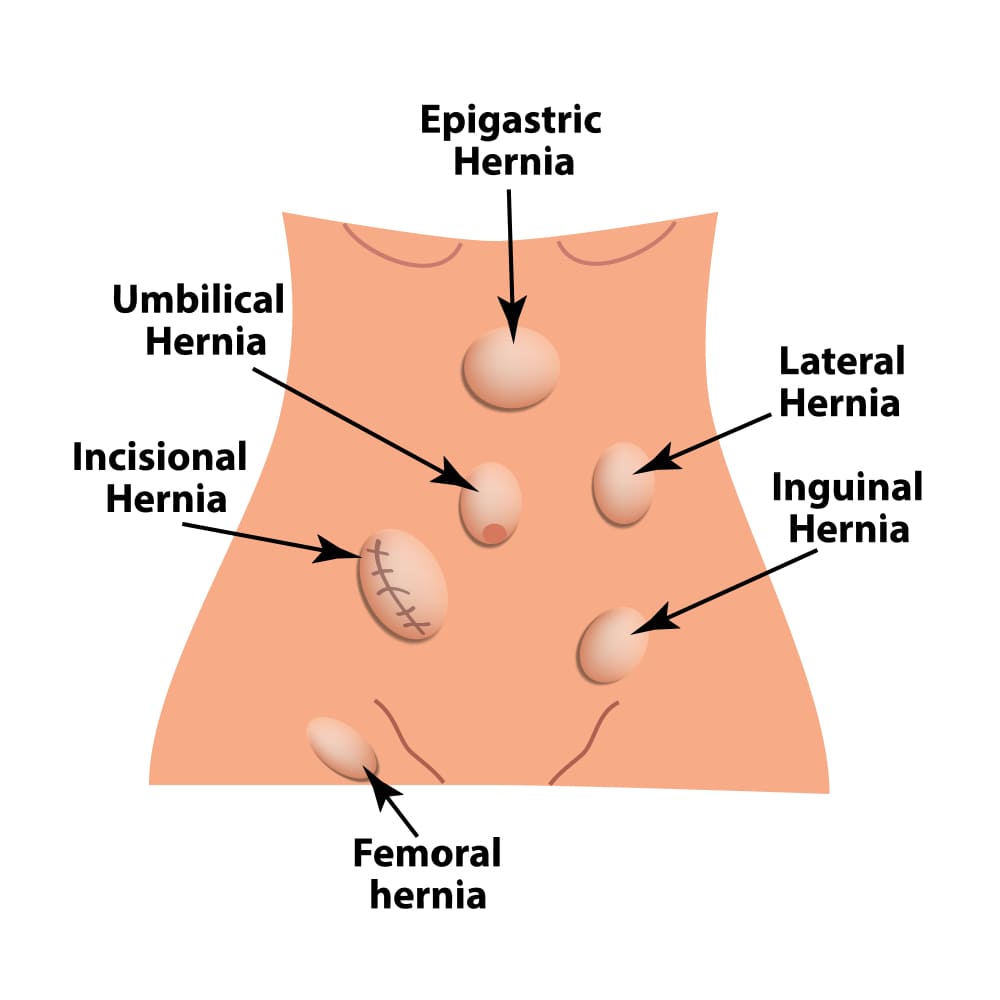Henderson Hernia Repair
What is a hernia?
A hernia occurs when a muscle or tissue that keeps an organ intact gets opened due to pressure or forced push of the organ. For example, an abdominal wall that becomes weakened can lead your intestines to breakthrough. Hernias are mostly located in the abdomen and can be produced between a person’s chest and hips. Other than the abdomen, in fewer cases, hernias are observed in upper thighs or in the groin area.
Hernias are not fatal or life-threatening, but they do not resolve on their own either. To avoid any complications in the future, Dr. Dasari may suggest minimally invasive surgery to repair the hernia at Henderson Hospital or an outpatient surgery center near his patients.
What are the Symptoms of a Hernia?
The most common and obvious sign of a hernia is a bulge that is easily visible on your skin. Heartburn, difficulty swallowing, and cough can also be symptoms of a hernia. Serious cases of hernia might show symptoms such as extreme pain, vomiting, and constipation. A sensation of dragging, weakness, or pressure in the groin can be symptoms of a hernia as well.
If you feel your hernia has become soft and you are unable to push it in – it may be time for you to see a Henderson hernia repair surgeon like Dr. Dasari. This symptom can result in infection in your tissues or organs that may lead to blockage and other complications that can be critical.
Henderson Hernia Repair Treatments
There are mainly two types of surgeries from which Dr. Dasari’s patients may undergo. Keeping the circumstances of the patient in mind, location and the critical nature of the hernia are the primary factors in which Dr. Dasari may prescribe one of the two types of hernia repair surgeries.
Open Surgery: This procedure requires sedation or general anesthesia. It involves closing the hernia utilizing either sutures or mesh – in rare cases, both may be needed. The wound is then sealed by making use of surgical glue, staples, or sutures. It is recommended to move around shortly after the procedure takes place. Recovery can take a few weeks before you return to normal activity.
Laparoscopic Repair: For this procedure, a patient is given general anesthesia. During the treatment, small incisions are made in the abdomen of a patient. To inflate the abdomen to make the organs visible, gas is utilized. A laparoscope in a small tube is then inserted through one of the incisions. Later, systematic mesh may be used to repair the hernia. This procedure is recommended to patients that require repetitive surgeries to avoid scarring. This procedure is less of a risk with fewer chances of infections or complications. After your procedure takes place, you may need a few weeks to revert to your normal activity.
Henderson Hernia Repair Surgeon Dr. Chanu Dasari
Dr. Dasari has performed thousands of hernia repair procedures and is one of the highest-rated physicians in Henderson. As a top hernia repair surgeon in Henderson, Dr. Dasari is affiliated with Henderson Hospital within the Valley Health System and Parkway Surgery Center to provide his patients the very best Outpatient and Inpatient surgical care near them.









